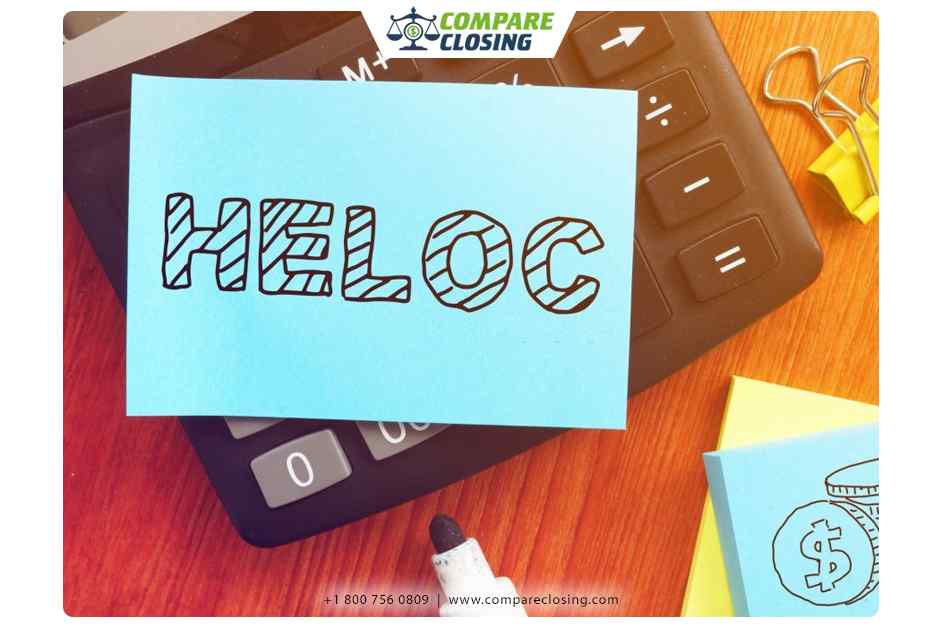Table of Contents
- What Are Netting Escrows & How Does It Work?: The Best Guide - January 2, 2024
- The Secret About Prescriptive Easement: Top Guide 1 Must Know - December 4, 2023
- About Home Equity Loans In Texas And How Can One Obtain It - November 27, 2023
About HELOC Draw Period
As the value of homes increases, their owners can take out loans against the equity they’ve built up in their homes. If you are in need of cash then a quick, easy source of funding is Home equity lines of credit or HELOCs.
A HELOC can be used to pay for home improvements and repairs and also for purposes that aren’t home-related, such as college education.
If you have a home equity line of credit, you would probably know that your HELOC includes two main phases, which are – the HELOC draw period and the HELOC repayment period.
These two periods last for up to 25 or 30 years. You should take stock of your outstanding balance and decide whether or not you can afford to repay it with your current interest rate before your HELOC draw period ends.
What is a HELOC Draw Period
The home equity line of credit draw period works like an open line of credit. You have a setline amount that you can draw funds from, and it is based on the equity in your home.
With this you can borrow up to the limit, repay it and again borrow more money if you want, you can do it as many times as you want until the HELOC draw period comes to a close.
Paying off of other higher-interest debt, making home improvements, remodeling, and more can be done with the money from your HELOC.
During draw period of HELOC, which is between five to 10 years, you need to pay only the interest on the money that you’ve borrowed, however, sometimes you may be charged minimum monthly payments.
And once the draw period is over, you cannot borrow from the existing loan again.
What follows After the Draw Period of HELOC?
Once the draw period of a HELOC is over, the borrower enters into what is known as the repayment period.
The loan converts to a repayment schedule at this point, and then both principal and interest need to be repaid every month.
Your monthly repayment amount will largely depend on how much you’ve borrowed because you will be charged only for your outstanding balance at the end of your draw period.
Based on the terms of your agreement your repayment period also varies which could typically last for 10 to 20 years. And you will not be able to make additional draws during this time.
What You Need to Know Before your Draw Period ends
You need to take stock of your loan so that you’re fully prepared for what comes next as the HELOC nears the end of its draw period.
Know Exactly When your HELOC Draw Period Expires
Generally, the home equity line of credit draw period is between five and 10 years.
Once the HELOC converts into the repayment period, you cannot withdraw any more money, and then your monthly repayment will include principal and interest.
To adequately prepare yourself for the next phase it is important for you to be clear about when the draw period ends.
Michelle McLellan, senior product management executive at Bank of America says that that clarity will help you plan for necessary expenses and will prepare you to have the funds available so to help you with your life’s priorities, and also those situations that may come in the future.
When you keep a track of your draw period it will also help you determine whether you want to refinance the HELOC or start saving money to use toward paying down the principal during the repayment period.
McLellan also said that if at the end of the draw period your HELOC balance is already at zero then your account will typically close automatically.
What do you Owe if you Enter the Repayment Period
If you already know the full amount of the principal and interest payment before you enter the repayment phase it will help you avoid surprises because the principal and interest payments can cause a significant change to a family budget, and they need to be paid for almost 15 to 20 years.
Adam Marlowe, principal market development officer for Georgia’s Own Credit Union said that it is very important for you to understand what you will owe during the repayment period.
Because one is it will help you better budget down the road, and will also impact some decisions about your repayment.
If you’re in a rising-rate environment and you have a variable-rate loan, then it would make sense to start paying off your balance early, even before your repayment period begins.
Another option being you may want to refinance into a fixed-rate loan for greater payment stability.
Questions to Ask your Lender Before the Repayment Phase Begins
- During the repayment will there be a change in my interest rate?
- Would my repayment interest rate be fixed or variable?
- What would be the change in payment every month?
Usually, lenders would notify customers six months in advance before the need of their draw period. Just to be on the safer side contact your lender’s service department to be sure of the time when the loan will move into repayment.
Conclusion
Just by understanding how the two phases of a HELOC work, you will get a clearer picture of how to plan financially. HELOCs are the best method to pay off high-interest credit cards or make major remodels around the house.
Amanda Byford
Amanda Byford has bought and sold many houses in the past fifteen years and is actively managing an income property portfolio consisting of multi-family properties. During the buying and selling of these properties, she has gone through several different mortgage loan transactions. This experience and knowledge have helped her develop an avenue to guide consumers to their best available option by comparing lenders through the Compare Closing business.





